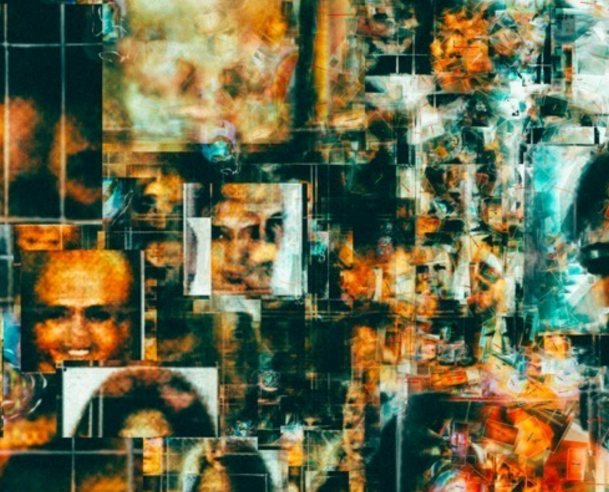| TensorFlow Course On Kadenze |
| Written by David Conrad | |||
| Wednesday, 13 July 2016 | |||
|
A new course on TensorFlow starts this month and sets out to introduce you to the state-of-the-art approach to building artificial intelligence algorithms. However, as it is on Kadenze, you can expect something a bit different - and I think it's likely to be a good deal of fun.
TensorFlow is the tool open sourced by Google which can be used for a wide range of parallel computations, including implementing neural networks. Google has produced videos about using it and also has a free course covering it on Udacity. If you aren't already familiar with Kadenze it is a MOOC platform that: brings together educators, artists, and engineers from leading universities across the globe to provide a world-class education in the fields of art and creative technology. Thanks to this focus, the new course, Creative Applications of Deep Learning with TensorFlow, looks at the way deep learning and TensorFlow can used for exploring creative applications. Its instructor, Parag Mital, who is an artist and researcher as well as being Kadenze's Director of Machine Intelligence, introduces the way deep learning opens up new opportunities for visual artists in this introductory video:
The intention of is course is to discover how to train a computer to recognize objects in an image and use this knowledge to drive new and interesting behaviors. Its premise is that deep learning offers enormous potential for creative applications and through practical applications and guided homework assignments, learners will be expected to create datasets, develop and train neural networks, explore their own media collections using existing state-of-the-art deep nets, synthesize new content from generative algorithms, and understand deep learning's potential for creating entirely new aesthetics and new ways of interacting with large amounts of data. Starting on July 20, it consists of 5 sessions, requiring 50-60 hours of work in total and will be available until January 1. 2017. Session 1: Introduction To Tensorflow
The importance of data with machine and deep learning algorithms; the basics of creating a dataset; how to preprocess datasets; basic components of Tensorflow and how to use it to filter images. Session 2: Training A Network W/ Tensorflow
How neural networks work, how they are "trained", and components of training a neural network. Build a first neural network and use it for a fun application of teaching a neural network how to paint an image. Session 3: Unsupervised And Supervised Learning
This session goes deep. We create deep neural networks capable of encoding a large dataset, and see how we can use this encoding to explore "latent" dimensions of a dataset or for generating entirely new content. We'll see what this means, how "autoencoders" can be built, and learn a lot of state-of-the-art extensions that make them incredibly powerful. We'll also learn about another type of model that performs discriminative learning and see how this can be used to predict labels of an image. Session 4: Visualizing And Hallucinating Representations
How to understand what "representations" networks learn and see how this process actually permits visualizations including "Deep Dream" which can produce infinite generative fractals, or "Style Net" which combines the content of one image and the style of another to produce widely different painterly aesthetics automatically. Session 5: Generative Models
A teaser into some of the future directions of generative modeling, including some state of the art models such as the "generative adversarial network", and its implementation within a "variational autoencoder", which allows for some of the best encodings and generative modeling of datasets that currently exist. How to begin to model time, and give neural networks memory by creating "recurrent neural networks" and see how to use such networks to create entirely generative text. The course is at intermediate level and prerequisites include familiarity with Python 3, including how to manipulate arrays and images with numpy and draw images with matplotlib, and with Jupyter (IPython) notebooks for the coursework. While you can audit the course for free, if you want to complete assignments and the final project and earn a grade and a certificate you'll need Premium Membership, which costs $10 per month or $99 per year if paying in advance on an annual payment plan. This covers full access to all Kadenze courses. The catalog includes Machine Learning for Musicians and Artists a 7-session course that runs until December 1, Introduction to Programming for Musicians and Digital Artists, which runs until September 1, as well as courses on Processing and p5.js, see our coverage, which are nearing the end of their current sessions.
More InformationCreative Applications of Deep Learning with TensorFlow Related ArticlesGoogle Tensor Flow Course Available Free Nature Of Code MOOC From Processing Foundation
To be informed about new articles on I Programmer, sign up for our weekly newsletter, subscribe to the RSS feed and follow us on Twitter, Facebook, Google+ or Linkedin.
Comments
or email your comment to: comments@i-programmer.info |
|||
| Last Updated ( Wednesday, 13 July 2016 ) |




